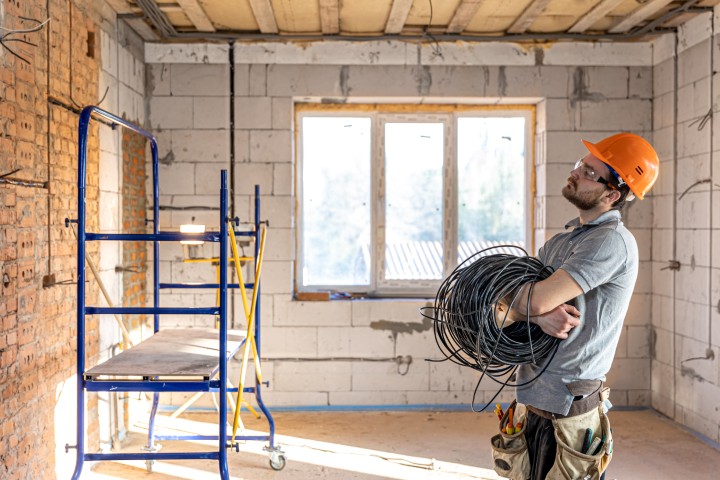Natural Radiation Exposure
Natural radiation exposure primarily comes from radioactive materials in soil and building materials. Common materials such as sandstone, concrete, brick, natural stone, gypsum, and granite often contain low levels of radioactive elements like radium, uranium, and thorium. These elements can decay over time, releasing radiation and potentially forming radon gas, which poses health risks when accumulated indoors.
Building Materials Containing Radioactive Material
Certain materials are more prone to containing radioactive substances:
- Sandstone: Often contains uranium and thorium.
- Concrete: May include additives like fly ash, which can elevate radioactivity.
- Brick: Typically has higher levels of uranium and thorium compared to other materials.
- Natural Stone: Includes granite and marble, known for their radiation emissions.
Impacts of Radiation Indoors
While many building materials emit some radiation, exposure levels are generally minimal and within safe limits. For example, the average activity concentrations for key radionuclides are low enough that annual doses rarely exceed 1 mSv/year.
Indoor Radon Gas Concerns
Radon gas can be released during the decay of radium-226 in building materials. Elevated indoor radon levels are a recognized health risk linked to lung cancer, making regular testing advisable.
Mitigation Strategies
To reduce risks associated with building materials:
Ventilation: Ensure proper airflow to dissipate radon gas.
Testing: Regular radon level testing in homes.
Material Selection: Choose low-radiation-emitting materials.


